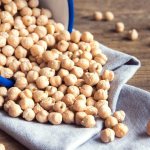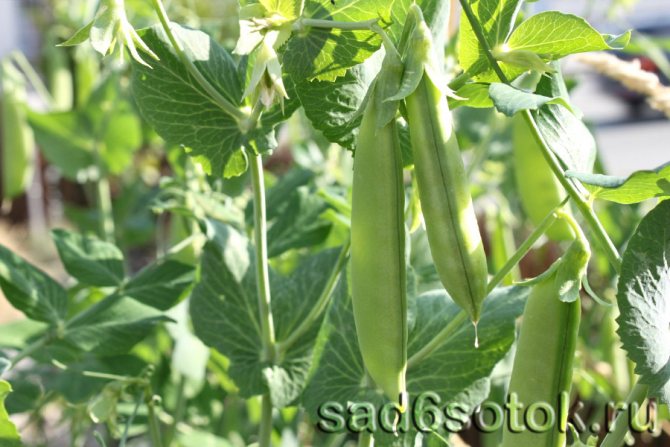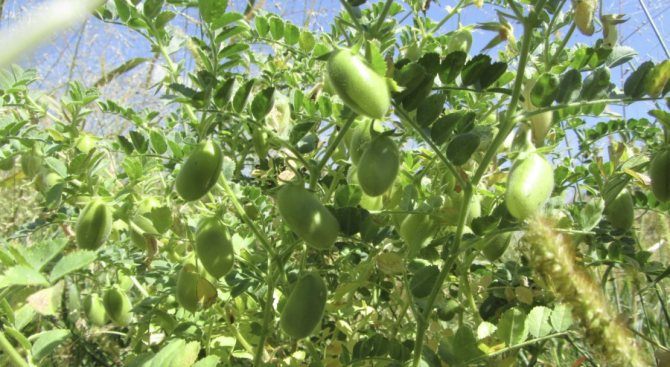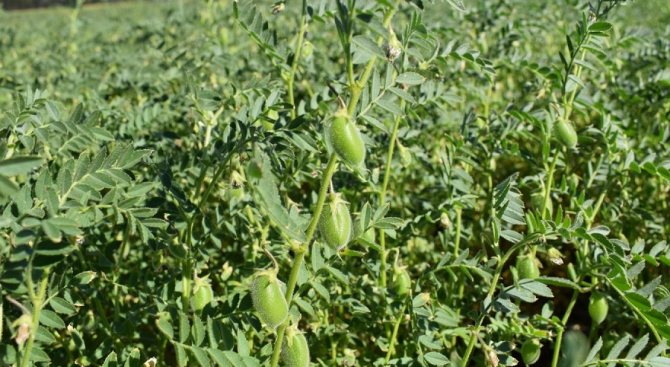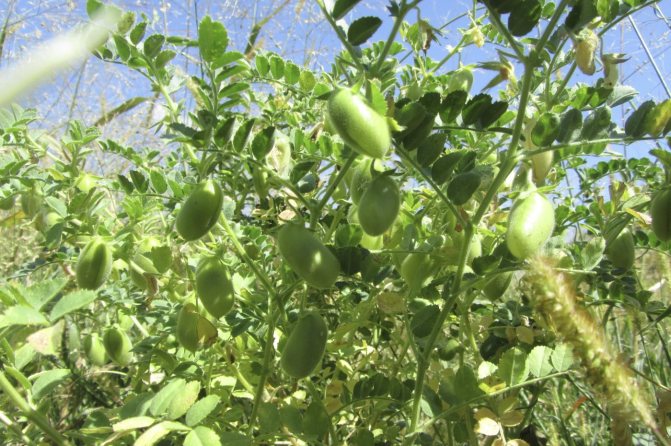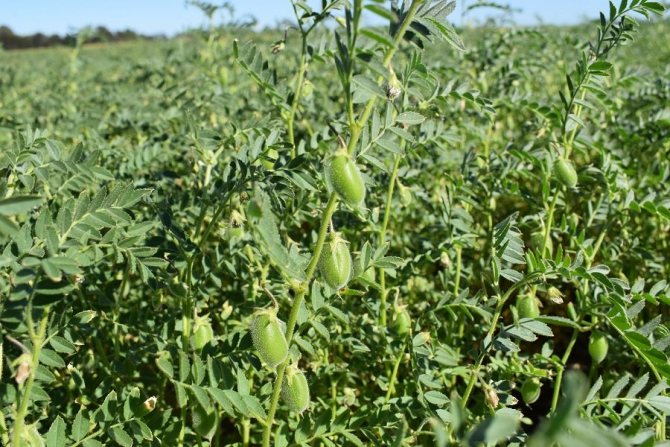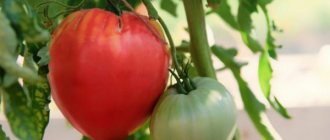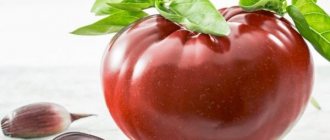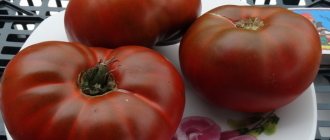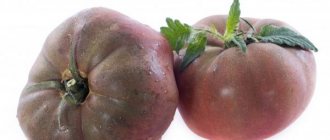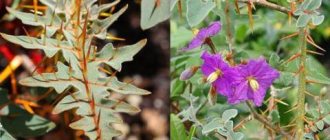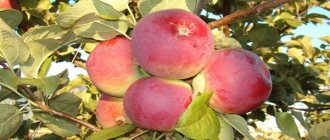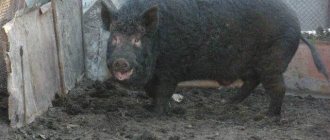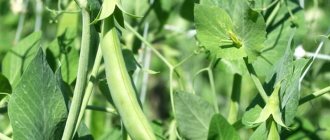Botanical name - peas (pisum), a genus of annual grasses of the legume family, subfamily of moths, a common vegetable, grain and fodder crop.
Origin - Southwest Asia, North Africa.
Lighting - photophilous.
The soil - neutral loamy, filled with humus for the previous crop.
Watering - hygrophilous.
Predecessors - pumpkin seeds, potatoes, cabbage, tomatoes.
Landing - seeds.
Growing conditions
Sowing peas are cultivated in different regions, but they still prefer a temperate climate. To grow peas, certain conditions are needed:
- sunny site, the culture does not tolerate shading;
- open and well-ventilated place;
- remoteness of groundwater;
- the soil is light and fertile, preferably loamy, neutral or slightly acidic;
- good aeration;
- correct predecessors - almost all crops, except for representatives of the legume family, better cabbage, potatoes, tomatoes, pumpkin, cucumbers;
- for seed germination, a temperature of 1-2 degrees is needed, vegetative organs begin to form at 12-16 degrees, and generative - at 16-20 degrees;
- the growth of beans and the filling of seeds occurs at 16-22 degrees;
- peas do not like heat, at a temperature of 25 degrees its growth slows down, at 35 degrees and above it stops;
- do not return peas to their original place for at least 4 years.
Not only the predecessors of the seed peas are important, but also the crops grown in the neighborhood. It gets along well with potatoes, tomatoes, radishes, radishes, lettuce, corn, sunflowers, and strawberries. They can even be planted in the same garden bed. The proximity of sowing peas with plants of the onion family, watercress, dill, fennel and basil should be excluded.
If the soil is acidic, then lime must be added. Enough 0.35-0.4 kg of substance per square meter.
The soil for planting seed peas must be prepared in the fall. When digging, you need to add organic matter - for 1 sq. m up to 6 kg of fertilizers. In the spring, loosening of the site is required. At the same time, it is effective to add ash.
Fresh manure cannot be used to fertilize the site, otherwise the green mass will grow rapidly, and flowering and fruit formation will slow down.
Care
Peas are easy to grow. Care should be comprehensive, but all measures are standard.
Watering
Moisture is very important for peas - with a lack of moisture, flowers and ovaries begin to fall off. First, the crop must be watered weekly, and with the beginning of flowering, the frequency of watering must be increased to 2-3 times a week.
Loosening, weeding
Good soil aeration is a prerequisite for successful cultivation of Ambrosia peas. Regular loosening allows it to be ensured. It is recommended to carry it out after every watering and heavy rain. The aisles should be loosened.
An important point in pea care is the timely disposal of weeds. Weed vegetation negatively affects the growth and development of crops, takes away the moisture and nutrients it needs, and increases the risk of diseases and pests.
When weeding, plant residues must be removed from the garden immediately. Use mulch if necessary.
Care must be taken when loosening and weeding. The root system of the crop is located close to the surface of the earth, so it is easy to damage it.
Support
It is not recommended to grow Ambrosia peas without support.You can use a trellis instead. The support must be made while the plant height is less than 20-30 cm. When the culture is higher, the stems begin to lodge, the peas will not have enough sunlight, dampness forms under the plants - excellent conditions for rotting, slugs and snails.
The lack of support also leads to uneven ripening of the beans. As a result, the palatability suffers, nutrients and sugar in the beans does not accumulate enough.
Top dressing
On fertile soil, Ambrosia peas grow successfully even without top dressing, if the plot was properly prepared in the fall. Additionally, you can use mineral fertilizers. They are used twice: the first time - before flowering, again - before the formation of ovaries.
When growing crops in depleted soil, it is useful to use herbal infusion. If the spring is cold, then nitrogen fertilization is required.
Disease and pest control
When growing ragweed peas, the planting should be inspected regularly. This allows you to timely identify signs of diseases and pests and solve the problem:
- Pea weevil (bruchus)... The pest lays golden yellow eggs on the underside of the leaves in the spring. Larvae cause more damage to the culture than adults, so eggs must be removed immediately. Insecticides will help to cope with pests. The universal remedy is Aktara.
- Pea moth... Caterpillars feed on peas, cobwebs and pest excrement appear in the pod. You can get rid of it by spraying. Tobacco dust, garlic infusion, wormwood are effective.
- Aphid... The leaves affected by the pest become discolored and deformed, sticky residues are observed. Insecticides such as Phosphamide, Aktara, Corado, Karbofos will help get rid of the pest.
- Ascochitosis... The disease often affects the beans, manifesting itself as light, rounded spots. The fungus spreads from the lower leaves, pale spots appear on them. Affected plants should be removed, the area should be treated with a fungicide. For prevention, you can use Bordeaux liquid, Fitosporin, Fitoverm.
- Fusarium... It is manifested by yellowing, coagulation, drying and falling of leaves, browning and death of roots. It is necessary to get rid of the affected plants, since it is almost impossible to save them. Treat the area with a fungicide.
Useful and harmful properties
Chickpea seeds are of high value due to the content of a large amount of dietary fiber, as well as a number of vitamins and minerals necessary for the normal functioning of the human body. In terms of their nutritional value, these products are close to meat products.
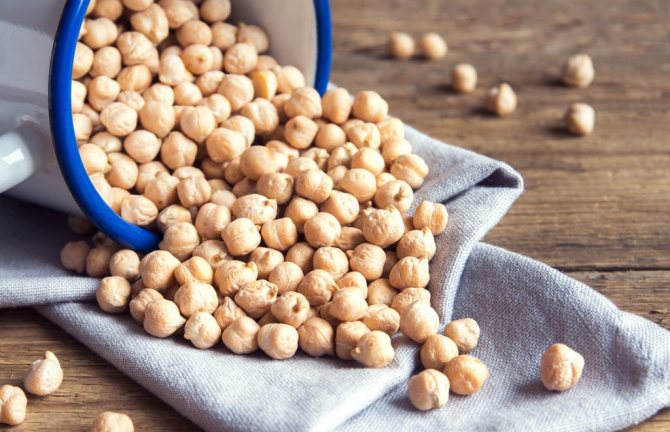
- When consuming chickpeas, the following is observed:
- acceleration of metabolism;
- improvement of metabolic processes;
- improving the quality of semen in men;
- stimulation of immune processes;
- acceleration of cholesterol excretion;
- stimulation of digestion and redox reactions in the body;
- increased tissue regeneration at the cellular level.
Protein compounds have a positive effect on the work of the cardiovascular system, as well as the nerve centers. In addition, due to the large amount of antioxidant compounds, the appearance and elasticity of the skin improves. Only 100 g of chickpeas a day can provide the body with a daily requirement of essential amino acids and restore energy balance after heavy physical exertion.
A recommendation to learn how to consume chickpeas during pregnancy and breastfeeding.
Like any other product, chickpea seeds in large quantities and with certain deviations in the functionality of the human body can have a harmful effect. First of all, you need to be more careful with the consumption of this product for those who suffer from gastrointestinal dysfunctions. The seeds can cause heaviness in the stomach, flatulence, pain.
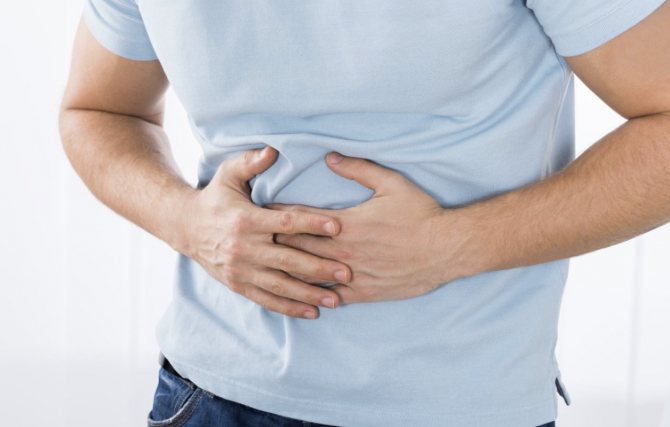

- Consumption of chickpeas is completely contraindicated when:
- gout;
- acute cystitis;
- indigestion;
- thrombophlebitis;
- peptic ulcer diseases;
- individual intolerance.
Important! In the presence of various stomach problems that are in remission, chickpea grains can be consumed in an amount of 50 g / day, but subject to their preliminary soaking in water for 2-3 hours.
The best varieties of peas
Today there are many varieties of peas that differ from each other not only in the type of fruit, but also in the ripening period, the size of the bush and other characteristics. From this variety, each gardener can choose the crop that is most suitable for his site.
For open ground
Peas do not need a lot of heat, so they are most often grown outdoors. Almost all varieties are suitable for this, but high-yielding and unpretentious representatives, not prone to lodging and shedding seeds, are in maximum demand. These qualities are especially important in industrial cultivation.
Leafless pea varieties are excellent for outdoor planting. Due to the large number of antennae replacing the leaves, the plants adhere tightly to each other and do not need to install supports, which greatly simplifies their care and saves the gardener's efforts.
Table: varieties of peas for open ground
| Variety name | Variety type | Regions of admission | Plant height, cm | Preferential use | Ripening period, days from the beginning of the growing season | Dignity | disadvantages |
| Madonna | Peeling | Central Black Earth (recommended for cultivation in Kursk and Oryol regions) | 53–95 | Ripe peas are boiled and stewed | 68–80 |
|
|
| Ilovetsky | Sugar | All regions of the Russian Federation | 75 | Unripe beans are eaten fresh, canned and used to prepare various dishes | 75–80 | Good taste of beans that have reached technical ripeness | Low yield (0.96-1.2 kg / sq. M) |
| Karina | Peeling | North Caucasian | 60–70 | Eaten fresh and canned | About 60 |
| Needs to set up supports |
| Dudar | Peeling | Central and Central Black Earth (recommended for cultivation in the Vladimir and Voronezh regions) | 51–88 | Ripe peas are eaten after heat treatment | 68–87 |
| Often affected by anthracnose, root rot, rust, and ascochitis |
| Triumph | Peeling | North Caucasian, Middle Volga, Central Black Earth, Central and North-West | Used for preservation, freezing and sublimation | 63–69 |
| There is no data | |
| Ulyanovets | Peeling | Volgo-Vyatka and Srednevolzhsky (recommended for growing in the Nizhny Novgorod and Ulyanovsk regions) | 44–92 | Used for cooking and stewing | 55–91 |
|
|
| Mustachioed nanny | Sugar | All regions | 75–80 | Unripe beans and peas are eaten fresh, canned, frozen and used to prepare various dishes | 60–65 |
| In the later stages of development, the bean contains a weakly expressed parchment layer |
| Pharaoh | Peeling | Srednevolzhsky (in the course of variety testing, the maximum yield was shown in the Republic of Tatarstan) | 44–85 | Eat ripe peas after cooking | 64–85 |
|
|
| Jof | Peeling | North Caucasian | 80–100 | Use fresh and canned | 56–58 |
| Lack of resistance to lodging |
Photo gallery: some varieties of peas for open ground
Pharaoh pea variety is resistant to lodging and shedding
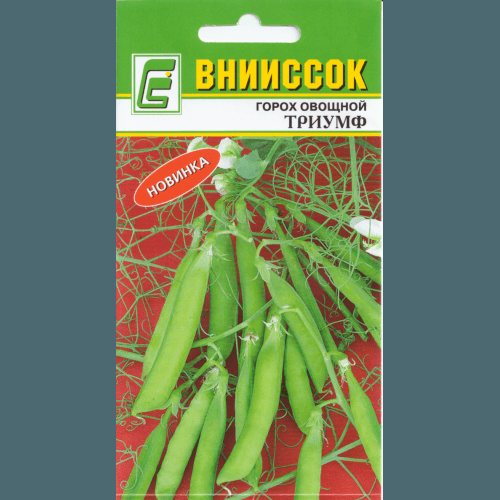

The fruits of the Triumph peas are distinguished by amicable ripening
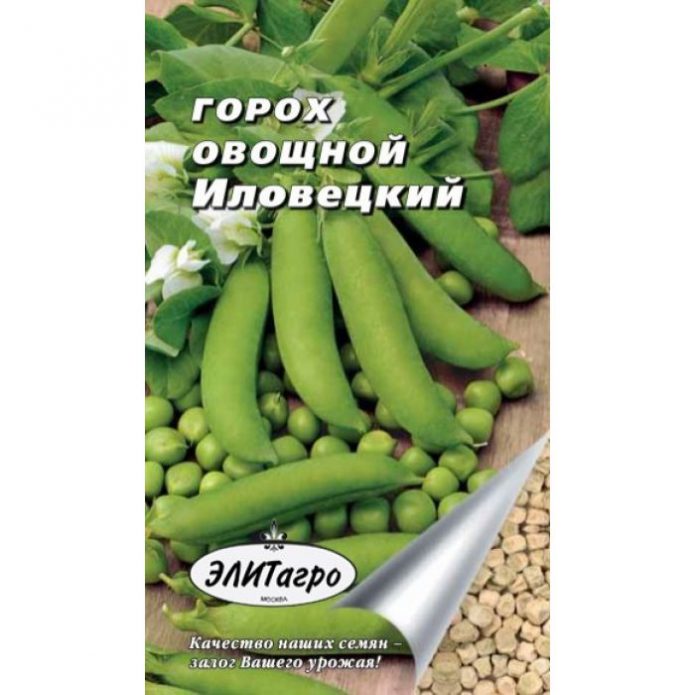

The Ilovetskiy pea variety is suitable for growing throughout Russia
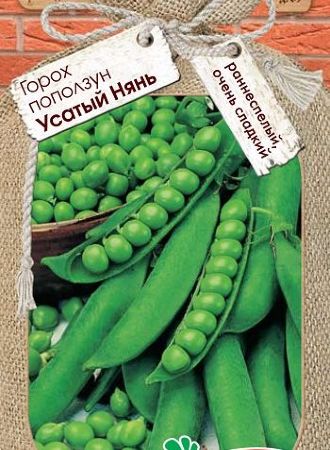

Pea variety Moustached nanny - leafless
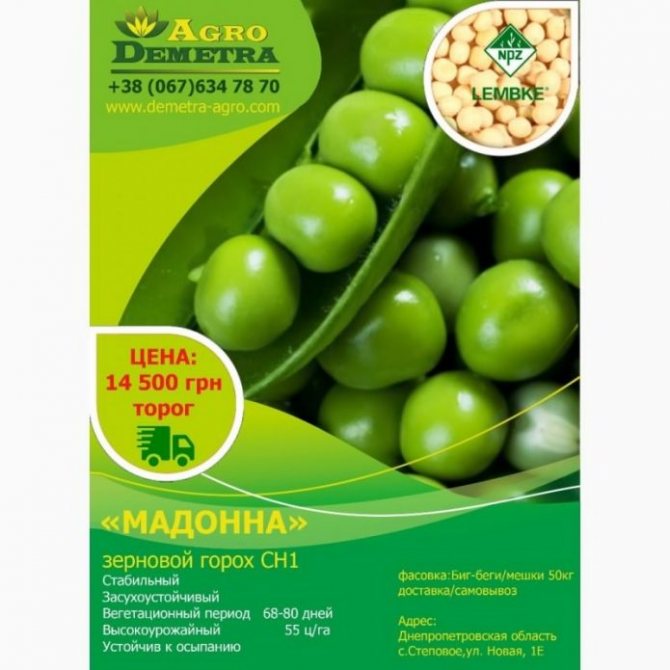

Madonna peas are prone to shedding
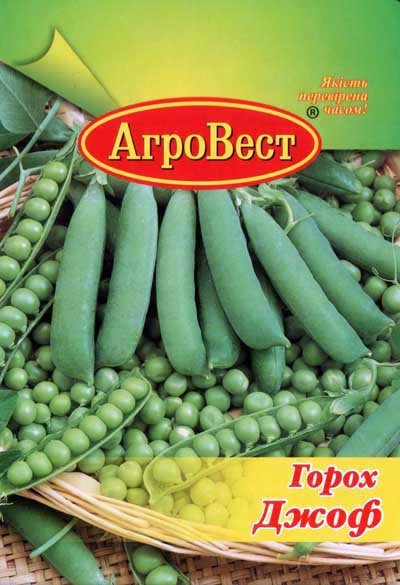

Jof peas are equally good for fresh use and for canning
Undersized
Pea varieties are called stunted, the stem height of which does not exceed 70 cm. They are very popular with gardeners, so they do not require tying and they tolerate the vagaries of the weather well. These varieties include:
- Alpha,
- Early Gribovsky,
- Shustrik,
- Miracle of Kelvidon (Kelvedon Vonther),
- Watan,
- Vera,
- Ambrosia.
Let's consider the most popular ones.
Alpha
An early ripe variety of shell peas. The height of its stem does not exceed 55 cm. The internodes are short, the first pods are attached at a height of 9–11 knots.
Alpha's dark green pods range in length from 7 to 9 cm and width from 1.2 to 1.4 cm. Each of them contains 5-9 squashed peas, even in size and color. They are used both fresh and for canning.
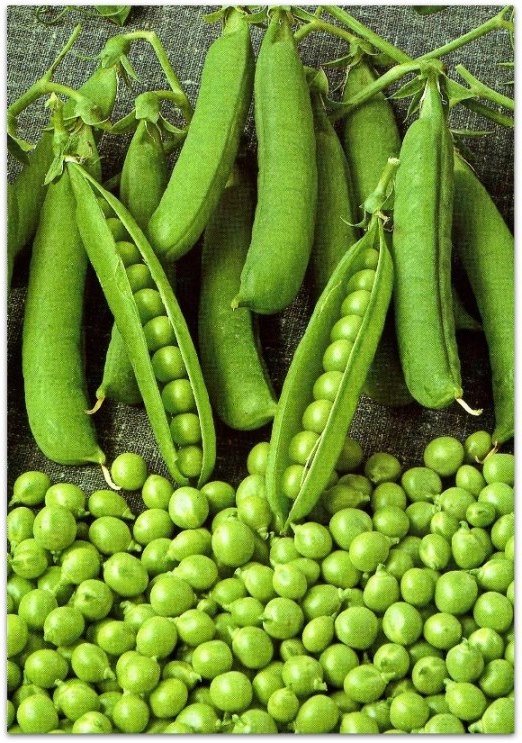

One Alpha bean contains 5 to 9 peas
From one hectare of Alfa's plantings, 4.8 to 9 tons of green peas are harvested, which have an excellent taste. The variety has a relative resistance to ascochitosis and fusarium and reaches technical ripeness 46-53 days after germination. Recommended for cultivation in all regions of Russia, except for Volgo-Vyatka, Ural and Northern.
This year I liked Alpha peas. Kustovoy. The height of 40 centimeters, they stood together as a wall, clinging to the antennae and supporting each other. I planted it in July, put it in the freezer in the fall.
Oksana-pepper
0
Ambrosia
One of the most popular sugar peas in our country, included in the State Register as recommended for cultivation in personal subsidiary farms in all regions. Its stem is 50 to 70 cm long, and the attachment height of the lower pods is about 35 cm.
Ambrosia beans are large, slightly curved, light green at the stage of technical ripeness. Medium peas, when fully ripe, acquire a yellowish color and wrinkled structure.
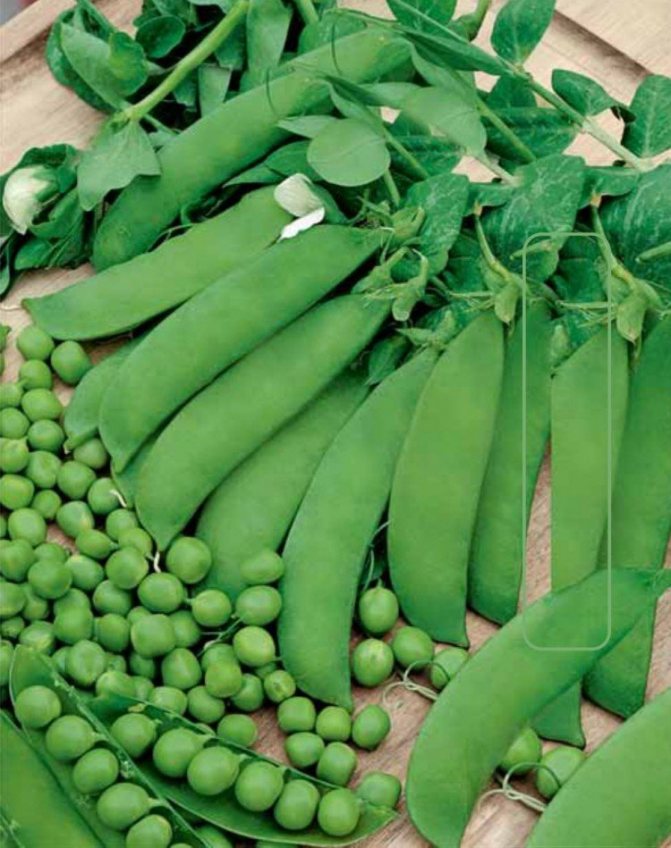

Ambrosia beans have a great, delicate flavor
The yield of unripe Ambrosia beans is 500-600 g per 1 sq. m. They are eaten whole fresh or after short-term culinary processing.
Ambrosia from "Gavrish" - planted in the summer of the 13th, very tender and tasty, I don't even know which is tastier, the pods or the peas themselves. Forms 8-9 beans per pod, 25 percent - 7 peas. I planted it on May 3, out of 20, 12 rose.By July 10, I removed more than 100 pods. Low, 50–70 cm. I recommend.
Sergey 972
Tall
The stems of tall varieties of peas can reach a height of 2 m. They require the obligatory installation of supports and are very demanding on growing conditions. But the difficulty of cultivating them is more than offset by a bountiful harvest of high quality beans. Tall pea varieties include:
- Telephone,
- Giant,
- Miracle scapula,
- Zhegalova 112,
- Sugar snap.
The most popular varieties are Telephone, Sugar Snap, Zhegalova 112.
Telephone
High-yielding late ripening variety. From sowing to the beginning of harvesting the pods, it takes 100-110 days. Moreover, ripening is of an extended nature: first, the beans located in the lower part of the plant ripen, and after a while - in the upper part. With the timely harvesting of ripe peas and a sufficient amount of moisture, the formation of new pods is possible.


With timely harvesting of ripe pods and a sufficient amount of watering, peas of the Telephone variety form new pods
Depending on the growing conditions, the height of the stem of the Telephone variety ranges from 150 to 200 cm, and according to some sources - up to 300 cm. The length of the bean is about 11 cm. The peas are large, round, with an excellent sweetish taste.
The telephone has overshadowed all possible varieties. Tall, hung with pods, excellent taste, suitable for canning.
Khokhlushka
Zhegalova 112
A medium late variety of sugar peas. Its technical ripeness occurs in 50-60 days after germination, and biological - in 90-110 days. The average yield is 14.4 centners of unripe beans per hectare.
Peas of Zhegalov 112 were approved by the State Sort Commission for use throughout the country, with the exception of the Lower Volga, East Siberian and Far Eastern regions back in 1943.
Variety Zhegalova 112 is a plant with a climbing stem 120–180 cm high. At the stage of technical ripeness, the beans are xiphoid, light green, their length can reach 15 cm, and their width is 2.5 cm. One bean contains from 5 to 8 rounded - angular peas.


The blades of the Zhegalova 112 variety are very large and tasty
Unripe pods of Zhegalov 112 peas have a good taste. They are consumed fresh and used to prepare various dishes.
A masterpiece to taste is Zhegalov's variety. Growth up to 2 meters. Sweet. Harvestable. The shoulder blades are 15 cm and 2 cm wide. In general, a favorite.
mopsdad1
Sugar snap
American selection of sugar peas. Under favorable growing conditions, its stems reach a height of 1.5–2 m.
Pea beans of the Sugar Snap variety are convex, short, do not contain a parchment layer and do not lose their taste for a long time. The peas are round, medium in size. Unripe pea pods of this variety are eaten fresh, and after they are fully ripe, stews and soups are prepared from them.
Video: personal experience of growing peas Sugar snap
Brain
Brain peas are ideal for canning or freezing for the winter. They have an excellent sweet taste and a high content of substances beneficial to humans. On personal plots and on farms in Russia and the CIS countries, the following varieties of this type of peas are most often found:
- Adagumsky,
- Honey cake,
- Golden eagle,
- Prelado,
- Dinga,
- Premium,
- Tropar.
Most often sown varieties Adagumsky, Prelado, Tropar.
Adagumsky
A time-tested variety of cereal peas with an average ripening period (68–74 days from the moment of germination). It was bred back in 1975 at the Experimental Station in the city of Krymsk, and in 1980 the State Commission for the Protection and Research of Breeding Achievements allowed it to be used throughout Russia, except for the Northern, Lower Volga, West Siberian and Far Eastern regions.For more than 40 years of its existence, Adagumsky has not lost its popularity due to such qualities as:
- high yield (up to 9.6 t / ha);
- relative resistance to powdery mildew and ascochitosis;
- friendly return of fruits;
- suitability for mechanized harvesting.
Pea varieties Adagumsky is a plant with a height of 70–80 cm with well-developed tendrils. The beans are straight, with a sharp top. Their length can reach 7 cm. On one bush, from 8 to 14 beans are formed, containing 6–9 medium-sized peas, at the stage of technical ripeness colored in a dark green color and having an excellent taste both fresh and processed.


Adagumsky is the oldest variety of Russian cereal peas
Prelado
Early maturing (45-50 days), amicably maturing variety of Dutch selection, zoned for the North Caucasus region. It is characterized by a stem of medium height with blue-green leaves covered with a waxy coating. The height of attachment of the lower pods is 32–37 cm.
Prelado beans are short, of medium width. Sized peas have a dark green color and good taste in technical ripeness. Once fully ripe, they become wrinkled while retaining their green color.
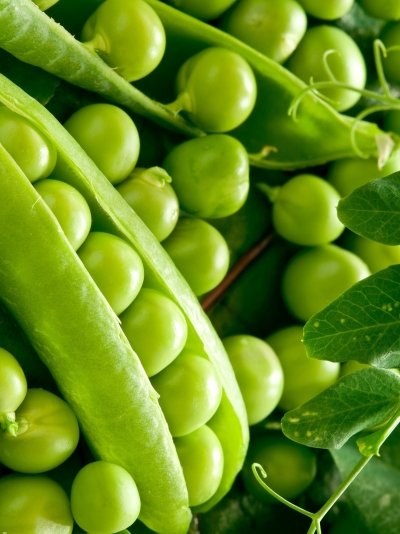

Some gardeners say that there are exactly 7 pots in each Prelado pod.
Among the main advantages of this variety, gardeners note:
- good yield (26–89 kg / ha);
- resistance to fusarium and yellow bean mosaic virus;
- lack of inclination to lodging;
- convenience of mechanized harvesting.
Tropar
Tropar is a low-growing variety of cereal peas. The length of its stem does not exceed 45-50 cm. The lower beans are formed at a height of 20-25 cm.
The straight, blunt-topped Tropar beans contain 6–7 light green, angular peas that taste good. They are used for eating fresh and for preservation.
Depending on the growing conditions, the average yield of Tropar ranges from 2.3 to 5.5 t / ha. It is moderately resistant to ascochitosis and root rot caused by fusarium, but often suffers from tuberous weevils and moths.
Early
Early varieties of peas are ready for harvesting as early as 32–55 days after germination. They can be sown several times a season and get 2-3 harvests of sweet and tasty peas.
Table: the earliest ripening pea varieties
| Variety | A type | Regions of admission | Ripening period, days from the moment of emergence | At what height are the pods formed? | Average yield, c / ha | Dignity |
| Nikita | Peeling | West Siberian | 32–35 | Very low bush (first beans are formed at 7 cm) | 64–74 |
|
| Innovesa | Peeling (cerebral) | Central Black Earth | 43–45 | Low plant (attachment height of the first beans - 18–20 cm) | 29–38 | Good and Great Taste of Unripe Peas |
| Oscar | Peeling (cerebral) | Central Black Earth | 42–45 | Bush height - low to medium (lower pods are formed at a height of 40 cm) | 42–50 |
|
| Sprinter | Peeling (cerebral) | Central Black Earth and East Siberian | 46–57 | The height of the bush is 55–70 cm (the height of the formation of the first pods is 19–21 cm) | 34–90 |
|
| Corwin | Peeling (cerebral) | North Caucasian | 39–52 | Low plant (lower beans are attached at the level of 25-38 cm) | 43–53 |
|
Photo gallery: some early ripening peas
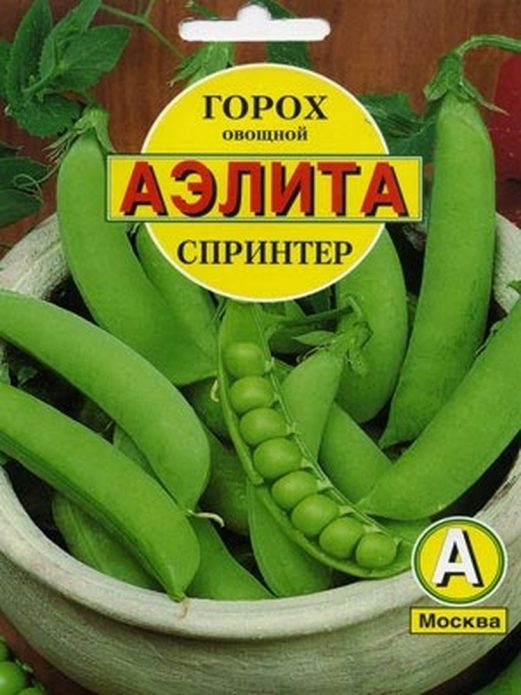

Sprinter pea variety is relatively resistant to root rot
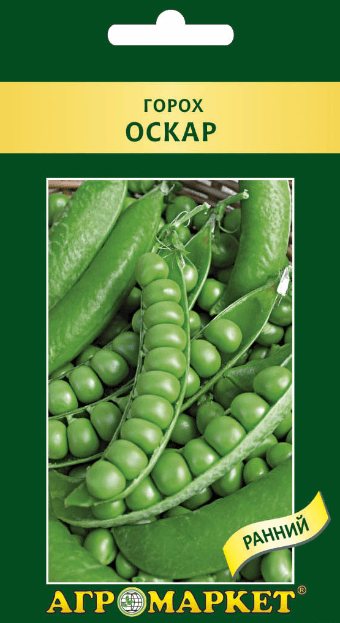

Oscar peas - medium and large Pea variety Nikitka is characterized by simultaneous ripening of the pods
Landing
Ambrosia peas are recommended to be planted in early May. You should focus on the climatic features of a particular region, since it is advised to plant the culture when 1-1.5 months have passed after the last frost. Short-term frosts are not terrible for peas, but in cool weather it grows well.
Sowing of Ambrosia peas at different times is allowed. The recommended interval is 10 days. With this planting scheme, the harvest period will last as long as possible.
You need to plant Ambrosia peas according to the following algorithm:
- Pour the seeds with water at room temperature... It should completely cover the planting material, it should be changed every 2 hours. Enough soaking for 12-15 hours. Instead, you can hold the seeds in hot water for 5 minutes (no more than 50-55 degrees), adding micronutrient fertilizer.
- Soak seeds in potassium permanganate solution for 15 minutes... This measure serves as the prevention of disease.
- Prepare the site... The bed must be leveled and loosened. It is necessary to make grooves or holes, leave 20-30 cm between the rows.
- Water the grooves (holes) and sow seeds... There should be 6-10 cm between adjacent plants. To deepen the seeds by 3-4 cm. If the soil is very light, then the depth can be increased by 1-2 cm.
- Sprinkle the crops with earthslapping it lightly.
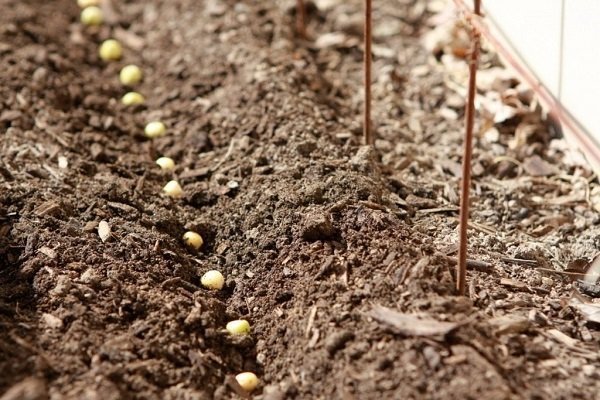

It is recommended to provide shelter prior to emergence so that the birds do not pull the seeds away. You can use a film, dry branches, mesh.
Pea varieties for different regions
Peas are a very unpretentious plant that thrives on almost the entire territory of Russia and other CIS countries. Nevertheless, for planting on your site, it is better to choose zoned varieties that are most adapted to the climate of a particular region.
For Siberia
Despite the rather difficult climatic conditions of the region, peas in Siberia grow very well and bear fruit. Here are common varieties such as:
- Altai emerald,
- Annushka,
- Varangian,
- Darunok,
- Demos,
- Zavodoukovsky,
- Pearl,
- Narymsky 11,
- Russia,
- Svetozar,
- Yakhont.
The low-growing variety of brain peas Altai Emerald, which has a high yield (80-109 c / ha), is in special demand among gardeners in Western and Eastern Siberia. Its large, dark green peas contain a large amount of dry matter (20.3-23.7%) and sugars (5.5-6.2%). In addition, they have excellent taste and are perfect both for fresh consumption and for preservation.
Pea variety Altai emerald has a high yield (80-109 c / ha)
For central Russia and the Moscow region
In central Russia and the Moscow region, peas have been grown for more than one hundred years. Before the start of potato cultivation, it was the main agricultural crop in this region. Today, many varieties of peas are zoned here, including:
- Afonka,
- Farm laborer,
- Burgomaster,
- Gloriosa,
- Jackpot,
- Children's joy
- Znayka,
- Calypso,
- Lincoln,
- Nemchimovsky 100,
- Spartacus,
- Triumph,
- Round dance,
- Anniversary.
Gloriosa is a popular mid-season cereal pea variety. It is a plant of medium height with long pods with a sharp top. At the stage of technical ripeness, the peas of this variety are light green in color and have an excellent taste. The average yield of Gloriosa in the middle zone and the Moscow region is 45–52 c / ha.
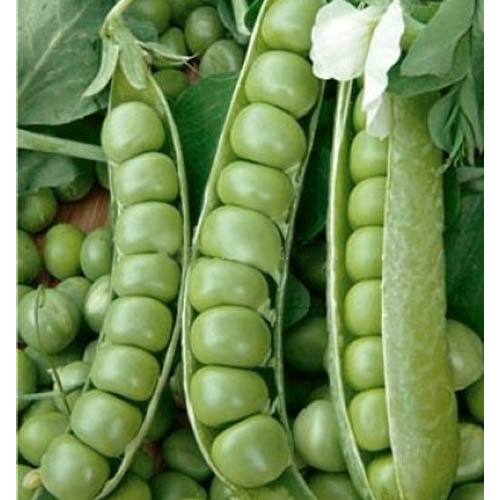

Gloriosa pea variety is excellent for outdoor cultivation
For Ukraine
Peas play an important role in the agriculture of Ukraine. It is grown by both large farms and simple gardeners. More than 50 varieties of this crop are included in the State Register of Breeding Achievements of Ukraine. These include:
- Bosphorus,
- Magnate,
- Cleopatra,
- Zenkovsky,
- Profit,
- Torch,
- Mazepa,
- Gregor,
- Kharkov reference,
- Fargus.
The largest areas are occupied by the planting of modern, highly productive varieties of yellow shell peas, which are intended for the manufacture of cereals. Their striking representative is the German variety Gregor.
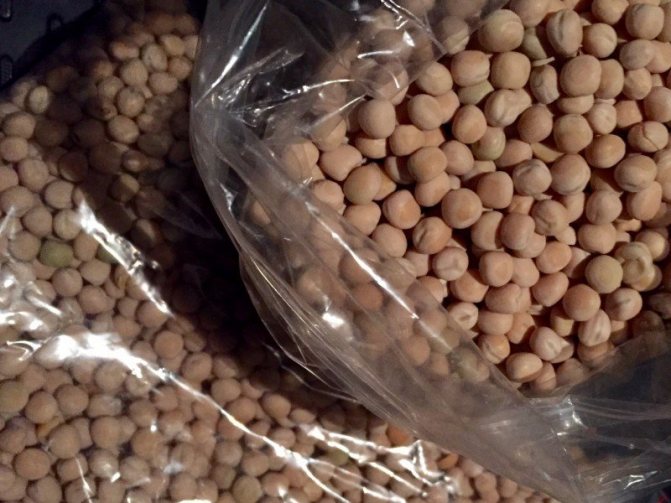

Seeds of yellow hulking peas of the Gregor variety are intended for the manufacture of cereals
It has a high yield (36–52 kg / ha) and is resistant to a lack of moisture. In addition, some of its advantages include:
- fairly high protein content (22–23%);
- a large number of antennae preventing lodging;
- suitability for harvesting by direct combining.
Video: how the Gregor peas grow
For Belarus
Breeders of Belarus pay a lot of attention to the development of new high-yielding pea varieties. Most often, hulling varieties are planted here, which are used for processing into cereals. In addition, this crop is often used as a fodder plant. The State Inspectorate for the Protection and Testing of Breeding Achievements of Belarus recommends 20 varieties of peas to be grown on its territory. These include:
- Stork,
- Ales,
- Belarusian non-sprinkling,
- Natalievsky,
- Cartoon,
- Chervensky,
- Facet,
- Starter,
- Minsk grain.
Minsk grain is one of the most valuable varieties of this crop in Belarus. It is distinguished by high grain uniformity and high yield of split peas (over 80%). It is a plant with a height of 66–70 cm with beans 6–8 cm long. The peas are large, bluish-green. The average yield of the Minsk grain plant is 33.9 c / ha. It is resistant to lodging and lends itself well to mechanized harvesting.
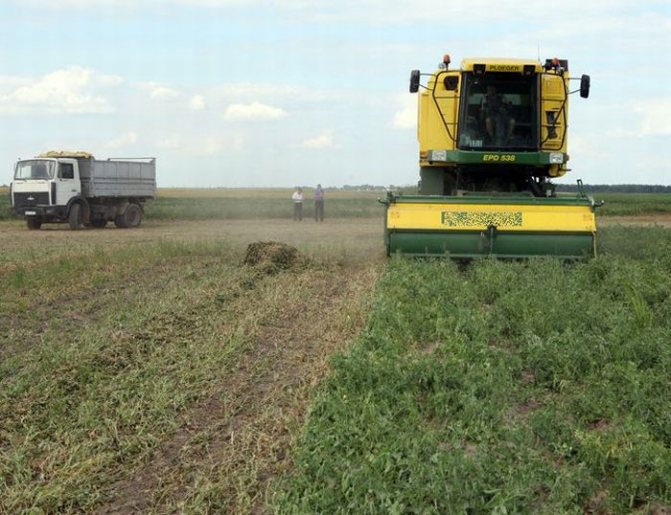

Many agricultural enterprises in Belarus grow peas on an industrial scale
Experienced gardeners advise not to be limited to one varieties when planting peas. A competent selection of crops that differ from each other in use and ripening time will help provide the gardener with tasty and fresh peas throughout the season and make a variety of preparations for the winter.

